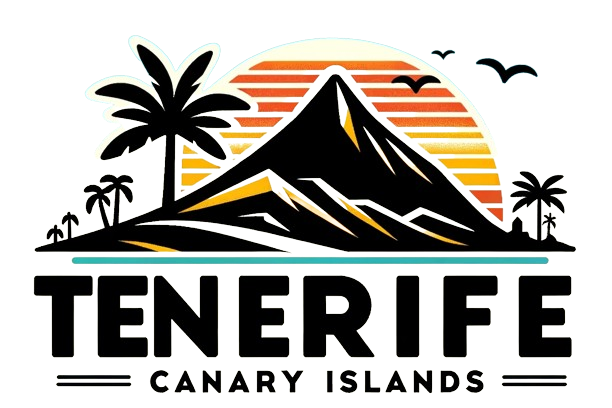Efforts Underway to Recover Historical Assets for Santa Cruz de Tenerife’s Masonic Temple
The Minister of Democratic Memory, Ángel Víctor Torres, has unveiled a significant initiative aimed at recovering valuable assets from the Añaza Lodge for the Masonic Temple located in Santa Cruz de Tenerife. This ambitious plan seeks to return historical artifacts, currently stored in the Archive of Salamanca, to their rightful home, thereby preserving the rich heritage of Freemasonry in the region.
Among the notable items slated for return are a collection of Masonic artifacts, including a historic banner dating back to 1900, alongside various books, ceremonial aprons, swords, and medals that were confiscated during the oppressive regime of Francisco Franco. These artifacts will play a crucial role in the ongoing renovations of the Masonic Temple, which is approaching completion and is set to become a beacon of cultural and historical significance.
In a recent meeting with key figures, including Mayor José Manuel Bermúdez and Jesús Soriano, the Sovereign Grand Commander of the Supreme Council of the 33rd Degree for Spain, Minister Torres underscored the importance of transforming the Masonic Temple into a museum. He articulated a vision of providing the public with a deeper understanding of Freemasonry, a movement that significantly contributed to Spain’s intellectual landscape but faced severe repression during the Franco era.
To advance this initiative, a comprehensive plan was discussed, which includes drafting an agreement aimed at establishing a future museum center dedicated to Freemasonry. Torres indicated that he would engage with senior officials at the Archive of Salamanca to expedite the return of these invaluable Masonic artifacts. This proactive approach reflects a commitment to restoring historical narratives that have long been suppressed.
During his remarks, Torres emphasized the necessity of implementing a decentralization decree to ensure that cultural heritage items are returned to their rightful locations. He reiterated the significant contributions of Freemasonry to intellectual growth and self-awareness in Spain, asserting that it is essential to restore its historical presence as it existed in the 1930s. This restoration is not merely about returning objects; it is about reclaiming a vital part of Spain’s cultural identity.
Mayor Bermúdez expressed the city’s dedication to advocating for the State’s transfer of the Añaza Lodge’s assets back to the Masonic Temple, which they aim to inaugurate by the end of the year. He highlighted that the items in question were originally removed from the temple and should rightfully be returned to their original site, reinforcing the idea that cultural heritage should be preserved in its rightful context.
During the meeting, Bermúdez provided insights into specific materials and books believed to be housed in the Archive of Salamanca. He emphasized that the goal is to display these items in the future Museum of Freemasonry at the Temple, creating a space where the public can engage with this important aspect of history. To formalize this request, an agreement involving the Ministry, official Freemasonry representatives, and the City Council will be pursued, ensuring a collaborative effort in this cultural endeavor.
The Añaza Lodge is historically recognized for its pivotal role in the construction of the Masonic Temple, making the recovery of its archives particularly significant. Bermúdez expressed optimism regarding the swift progress of the agreement, which is already in draft form, and highlighted the commitment of all parties involved to work together effectively. This collaborative spirit is essential for the successful realization of the museum project.
Jesús Soriano also shared his thoughts on the meeting, emphasizing the alignment of Santa Cruz’s aspirations to enhance the Masonic Temple with the Ministry’s support for the initiative. He pointed out the existence of a historically and artistically valuable banner from the Añaza Lodge, which is currently preserved in a climate-controlled environment at the Archive of Salamanca. The return of such artifacts is crucial for enriching the narrative of Freemasonry in the region.
Controversial Discussions Surrounding Franco Monument
In addition to the discussions about the Masonic Temple, Minister Torres addressed the contentious issue surrounding the Franco monument. He stated that the monument should either be removed or recontextualized if it is deemed a Cultural Asset of Interest (BIC). Torres emphasized the importance of ensuring that the historical context of the monument is understood by the public, advocating for a thoughtful approach to its future.
If the monument cannot be recontextualized in a manner that aligns with contemporary democratic values, it must comply with legal requirements for removal. This stance reflects a broader commitment to addressing symbols of the past that may contradict the principles of democracy and inclusivity.
In concluding the meeting, Torres expressed his agreement with Mayor Bermúdez on various issues, particularly regarding the removal of symbols that do not align with the values of a democratic society. The discussions surrounding both the Masonic Temple and the Franco monument highlight a pivotal moment in Spain’s ongoing journey to reconcile its historical narratives with its present-day values.
Key points
- Minister Ángel Víctor Torres announces plans to recover Masonic artifacts for Santa Cruz de Tenerife’s Masonic Temple.
- Significant items include a 1900 banner, books, aprons, swords, and medals confiscated during Franco’s regime.
- The initiative aims to transform the Masonic Temple into a museum to educate the public about Freemasonry’s history.
- A draft agreement is in progress to facilitate the return of artifacts from the Archive of Salamanca.
- Mayor José Manuel Bermúdez emphasizes the importance of returning items to their original site.
- Minister Torres discusses the future of the controversial Franco monument, advocating for its removal or recontextualization.
